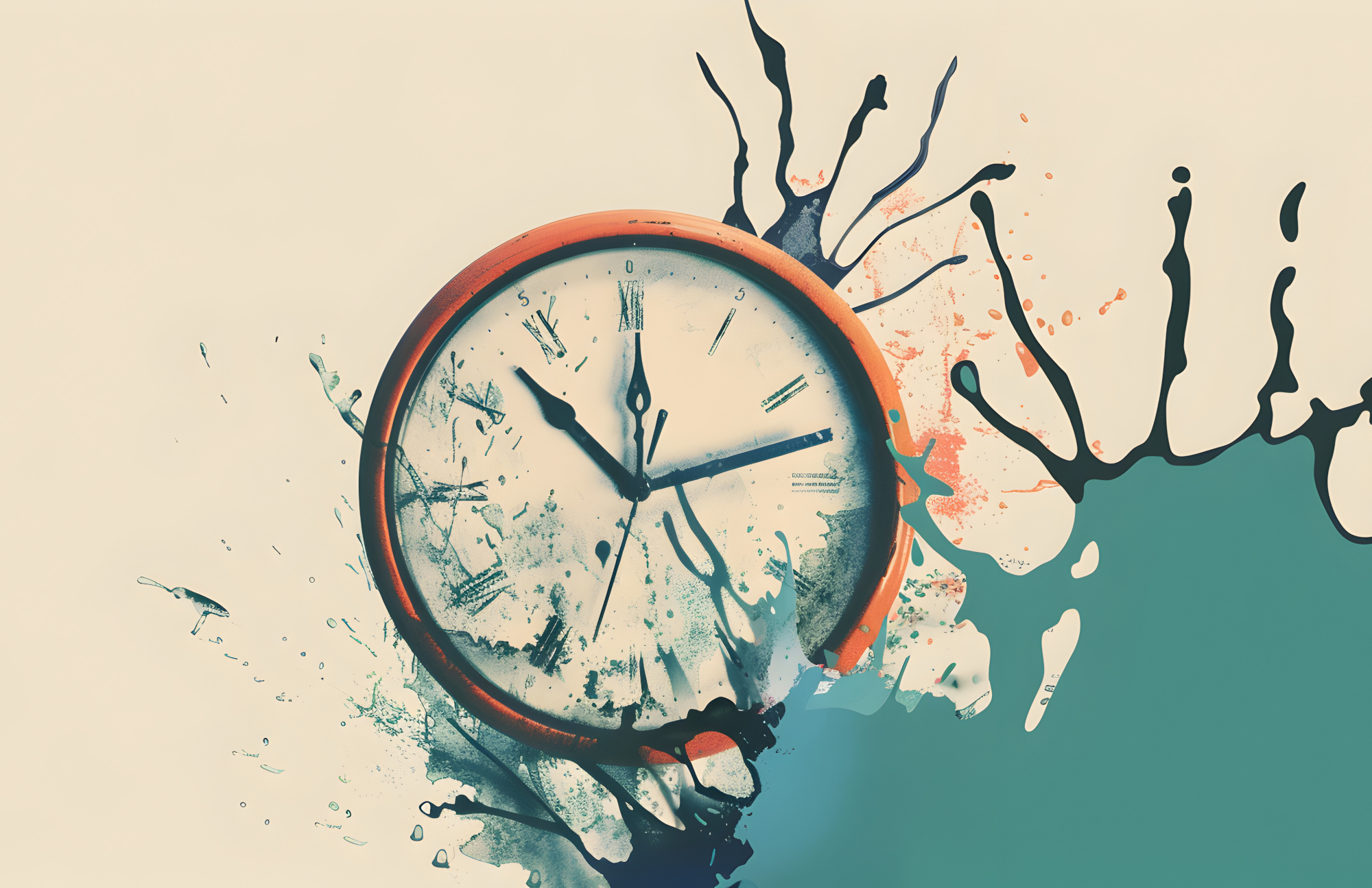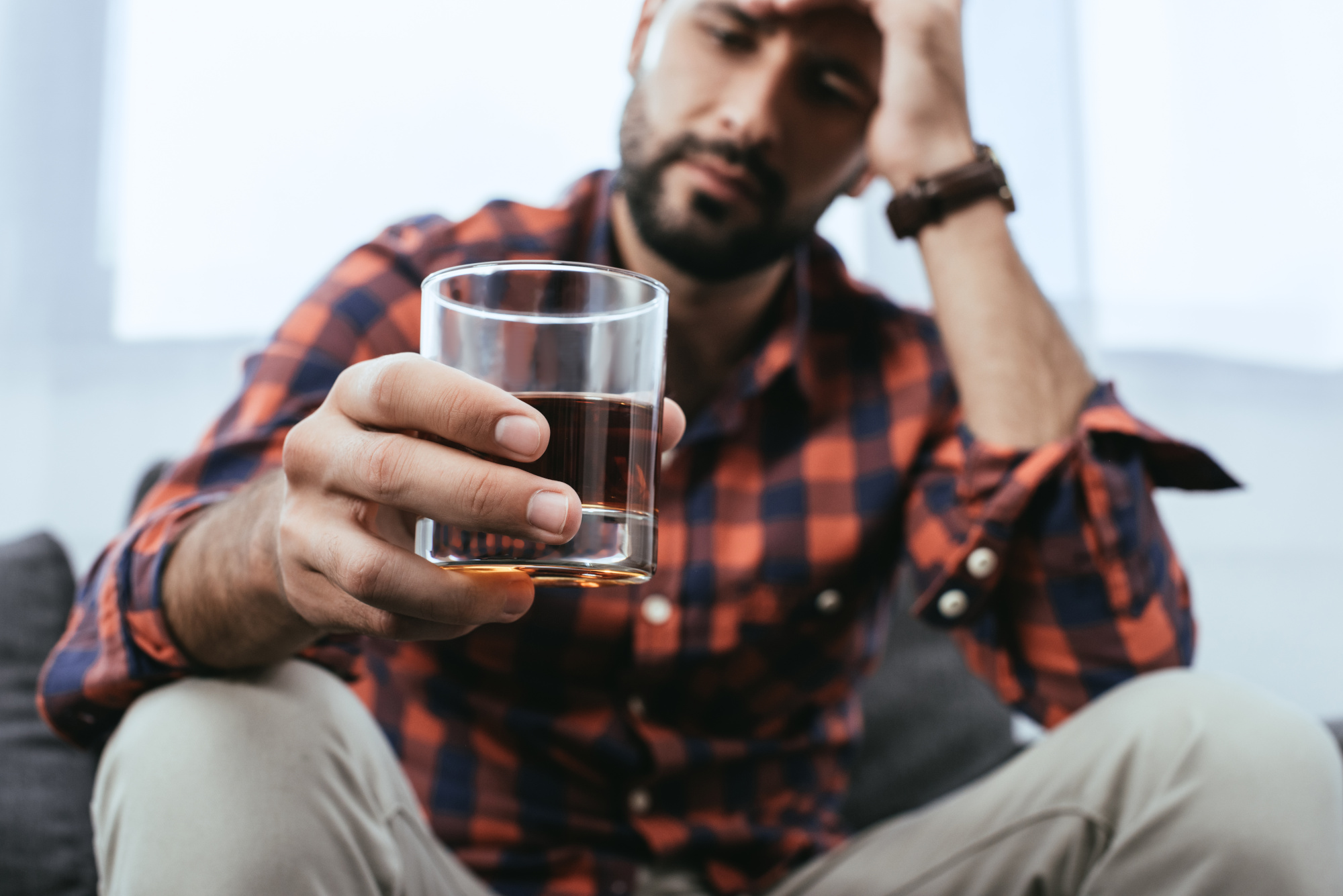Painkiller addiction is a complex and devastating reality that affects millions of people across the world. It starts innocently enough with the use of prescription drugs to manage physical pain, but before you know it, the cycle of dependence and craving can take hold. The constant pursuit of the next pill, the fear of withdrawal symptoms, and the impact on relationships and daily life can feel overwhelming.
But there is hope. Behind every statistic, there is a human story of resilience, determination, and the power of recovery. Whether you’re struggling with addiction yourself or know someone who is, it’s important to remember that you are not alone. There are millions of people who have faced similar challenges and come out the other side, and you can too. With the right support, guidance, and a commitment to change, it is possible to overcome painkiller addiction and reclaim your life.
Recover From Painkiller Addiction With Holistic and Evidence-Based Care
In 2020, nearly 70,000 people died from opioid drug overdoses. Don’t Become another statistic; get clean from opioids today.
What are Painkillers?
Painkillers, also known as analgesics, are drugs that ease pain. They come in two main types: over-the-counter (OTC) and prescription-only. OTC painkillers like aspirin, ibuprofen, and acetaminophen can be bought without a prescription and are often used for mild to moderate pain. On the other hand, prescription painkillers like hydrocodone, oxycodone, and fentanyl are used for more severe pain, such as post-surgery or for individuals with chronic pain conditions.
Painkillers work by interacting with specific pain receptors in your body, altering the way you feel pain. Different types of painkillers may block the transmission of pain signals to your brain, reduce inflammation, or raise your pain threshold, making it less likely that you will feel pain.
However, while painkillers can be a blessing in disguise, they can also have serious side effects, particularly with long-term use or misuse. They can lead to physical dependence, tolerance, and even addiction. This is why it’s so important to use painkillers under the careful supervision of a healthcare provider and follow their dosing and usage instructions closely.
Common prescription painkillers include:
- Oxycodone (OxyContin, Percocet)
- Hydrocodone (Vicodin, Norco)
- Fentanyl (Duragesic, Subsys)
- Methadone (Dolophine)
- Tramadol (Ultram)
- Codeine
- Morphine (Kadian, Avinza
Symptoms, Withdrawal, and How to Know if You Need Treatment
Painkiller addiction is a rapidly rising issue that’s affecting individuals across the United States and the world. These drugs, also known as opioids, are often prescribed by physicians for chronic pain, post-surgery recovery, and other health issues. Unfortunately, regular use can lead to dependence on the drug, and before you know it, you may find yourself caught in the grips of addiction.
It can be challenging to identify the warning signs of painkiller addiction, but it’s crucial to know what to look out for to seek help. In this article, we’ll delve deep into the tell-tale signs of addiction, the agonizing symptoms of withdrawal, and how you can determine if you need professional treatment. Don’t let painkiller addiction control your life any longer – the road to recovery starts with understanding the problem.
Painkiller Addiction Symptoms
The DSM-5, the diagnostic manual of mental disorders, outlines the criteria for diagnosing Substance Use Disorder (SUD).
In order to receive this diagnosis, an individual must exhibit two or more of the following symptoms within a twelve-month period.
The severity of the disorder is determined by the number of criteria met, with a mild SUD indicated by 2 to 3, moderate by 4 to 5, and severe by 6 or more. The DSM-5 diagnostic criteria for SUD encompass:
- Taking painkillers in larger amounts or for longer than you’re meant to.
- Wanting to cut down or stop using painkillers but not managing to.
- Spending a lot of time getting, using, or recovering from the use of painkillers.
- Cravings and urges to use painkillers.
- Not managing to do what you should at work, home, or school because of painkiller use.
- Continuing to use painkillers, even when it causes problems in relationships.
- Giving up important social, occupational, or recreational activities because of painkiller use.
- Using painkillers again and again, even when it puts you in danger.
- Needing more painkillers to get the effect you want (tolerance).
- Development of withdrawal symptoms, which can be relieved by taking more painkillers.
Painkiller Withdrawal
Withdrawal from prescription painkillers, such as Vicodin, is a natural reaction that occurs when an individual who has been regularly using these drugs abruptly stops or reduces their usage.
This phenomenon is a result of physical dependence, where the body has adapted to the presence of the drug and reacts negatively when it is no longer present.
The manifestation of withdrawal symptoms is unique to each individual and can vary based on the type of painkiller being used. However, some common physical symptoms experienced during withdrawal include:
- Muscle pain and stiffness
- Nausea and vomiting
- Anxiety and irritability
- Insomnia or trouble sleeping
- Sweating and chills
- Increased heart rate and blood pressure
- Flu-like symptoms such as fever and runny nose
- Diarrhea
- Cravings for the drug
- Depression or mood swings.
How to Know if You Need Painkiller Addiction Treatment
Assessing the requirement for treatment for painkiller addiction can be a challenging task. However, there are certain indications and symptoms that may suggest the need for professional assistance. If you have been consistently using painkillers and have developed a physical reliance on the drug, you may experience withdrawal symptoms upon attempting to stop or reduce usage.
Furthermore, if you find that your urge to use painkillers is uncontrollable, despite the negative impacts on your life, this is a clear sign of addiction and the need for treatment.
Additionally, if your use of painkillers is beyond your control and is affecting other aspects of your life, such as work, relationships, or physical well-being, it may be time to reach out to a specialist addiction treatment center for help. The earlier you seek treatment, the higher the chances of a successful recovery and sustained sobriety.
In conclusion, addressing painkiller addiction requires a multi-faceted approach and a thorough understanding of the signs and symptoms. Seeking professional help early on can increase the odds of a positive outcome and lead to a brighter, healthier future.
Painkiller Treatment Options
Detoxification
Detoxification, the initial step in treating painkiller addiction, is a vital part of the recovery journey. It is the process of removing the addictive substance from the body, breaking the physical dependence and laying the groundwork for addressing the psychological and behavioral components of addiction.
Medical professionals oversee the detoxification stage, creating a safe and supportive environment for those experiencing withdrawal symptoms. The goal is to make the process as manageable as possible, using medication if necessary to ease discomfort and help individuals transition to sobriety.
Detoxification not only eliminates the physical dependence on painkillers, but it also opens the door to healing and sets the stage for the next phase of recovery. By addressing the physical aspect of addiction, it prepares individuals for the work they will do in therapy to delve into the emotional and psychological roots of their addiction. In essence, detoxification provides a solid foundation for sustained recovery.
Medication Assisted Treatment (MAT)
Medication-assisted treatment can be a crucial component in the journey toward overcoming painkiller addiction. A variety of medications have been shown to effectively reduce withdrawal symptoms, curb cravings, and treat underlying mental health conditions that may contribute to addiction. Three popular medications used in treating painkiller addiction include buprenorphine, methadone, and naltrexone.
These medications work by interacting with the same brain receptors that painkillers target, effectively alleviating withdrawal symptoms and decreasing cravings. By incorporating MAT into their treatment plan, individuals can direct their attention to the psychological and behavioral aspects of their addiction, and focus on achieving long-lasting recovery.
Behavioral Therapy
Behavioral Therapy offers a powerful solution for individuals struggling with painkiller addiction. Through this form of treatment, patients can shift negative thoughts, emotions, and behaviors linked to drug use. With the help of a qualified therapist, patients gain a deeper understanding of the root causes of their addiction, allowing them to replace harmful coping mechanisms with healthier ones, and reducing their risk of relapse.
Behavioral Therapy is available in both individual and group settings and may incorporate techniques such as cognitive-behavioral therapy, psychodynamic therapy, or dialectical behavior therapy. By equipping patients with the necessary tools for success, Behavioral Therapy can pave the way toward lasting recovery from addiction.
- Cognitive-behavioral therapy is a highly effective and evidence-based approach to addressing painkiller addiction. This type of therapy focuses on changing the way individuals think about and respond to their addiction, as well as the underlying triggers that drive drug-seeking behavior.
During CBT sessions, patients work with a therapist to identify and challenge negative thought patterns and beliefs related to their drug use. For example, they might explore and reframe thoughts like “I need drugs to cope with stress” to “I have the skills to manage stress without drugs.”
In addition to changing negative thoughts, CBT can also teach patients new coping skills and behavioral strategies to help them avoid relapses and manage cravings.
- Psychodynamic therapy offers a unique approach to addressing painkiller addiction by exploring the unconscious mind and past experiences. This form of therapy aims to uncover deep-seated emotions and patterns of behavior that may be contributing to the addiction.
By bringing these unconscious experiences to the surface, patients gain a deeper understanding of themselves and the reasons behind their addiction. With the help of a trained therapist, patients are able to process and resolve unresolved conflicts, allowing them to heal from past traumas and form healthier coping mechanisms.
- Dialectical behavior therapy is a type of cognitive-behavioral therapy that has been shown to be effective in helping individuals with addiction to painkillers. DBT is designed to address the underlying emotional and psychological issues that contribute to addictive behaviors, such as substance abuse.
One of the key components of DBT is its focus on mindfulness, which involves being fully present and aware of one’s thoughts, feelings, and sensations in the moment. This can help individuals with addiction to painkillers gain a better understanding of their triggers and patterns of behavior, and develop strategies to manage their urges and cravings.
Group Therapy
Group therapy can be a useful tool in the treatment of painkiller addiction. It involves bringing together individuals who are struggling with similar challenges, in this case, addiction to painkillers, to participate in group therapy sessions led by a trained therapist or counselor.
Group therapy provides a supportive environment where participants can share their experiences, learn from each other, and work together to overcome their addiction.
The group dynamic allows individuals to see they are not alone in their struggles, which can boost their confidence and motivation to make positive changes. Group therapy also offers a unique opportunity for individuals to learn from others who have successfully overcome similar obstacles, and to receive feedback and advice from the therapist and other group members.
By participating in group therapy, individuals with painkiller addiction can gain the necessary tools and support to overcome their addiction and live healthier and happier lives.
Residential Treatment
Residential treatment is a type of addiction treatment that involves staying in a rehabilitation center for a certain period of time. This type of treatment can be beneficial for individuals who are struggling with painkiller addiction.
During residential treatment, patients receive 24-hour care and support as they go through the process of detoxification and begin the journey toward recovery. The goal of residential treatment is to provide a safe and supportive environment for individuals to address the root causes of their addiction, learn coping skills and develop a strong support network to help them maintain sobriety long-term.
By participating in individual and group therapy, educational classes, and recreational activities, individuals can work towards building a healthier, drug-free lifestyle.
Painkiller Addiction Treatment At The Ohana
If you or someone you know is struggling with painkiller addiction, it’s time to seek help. Addiction is a powerful disease, but with the right support, it can be overcome. The Ohana Addiction Treatment Center is here to offer that support.
Our dedicated and experienced team of medical and mental health professionals will work with you to develop a personalized treatment plan that meets your unique needs. From detox to aftercare, we are here to support you every step of the way.
Don’t let painkiller addiction control your life any longer. The time to seek help is now. Contact The Ohana Addiction Treatment Center today and take the first step toward a brighter, healthier future. Together, we can help you overcome addiction and reclaim your life.







